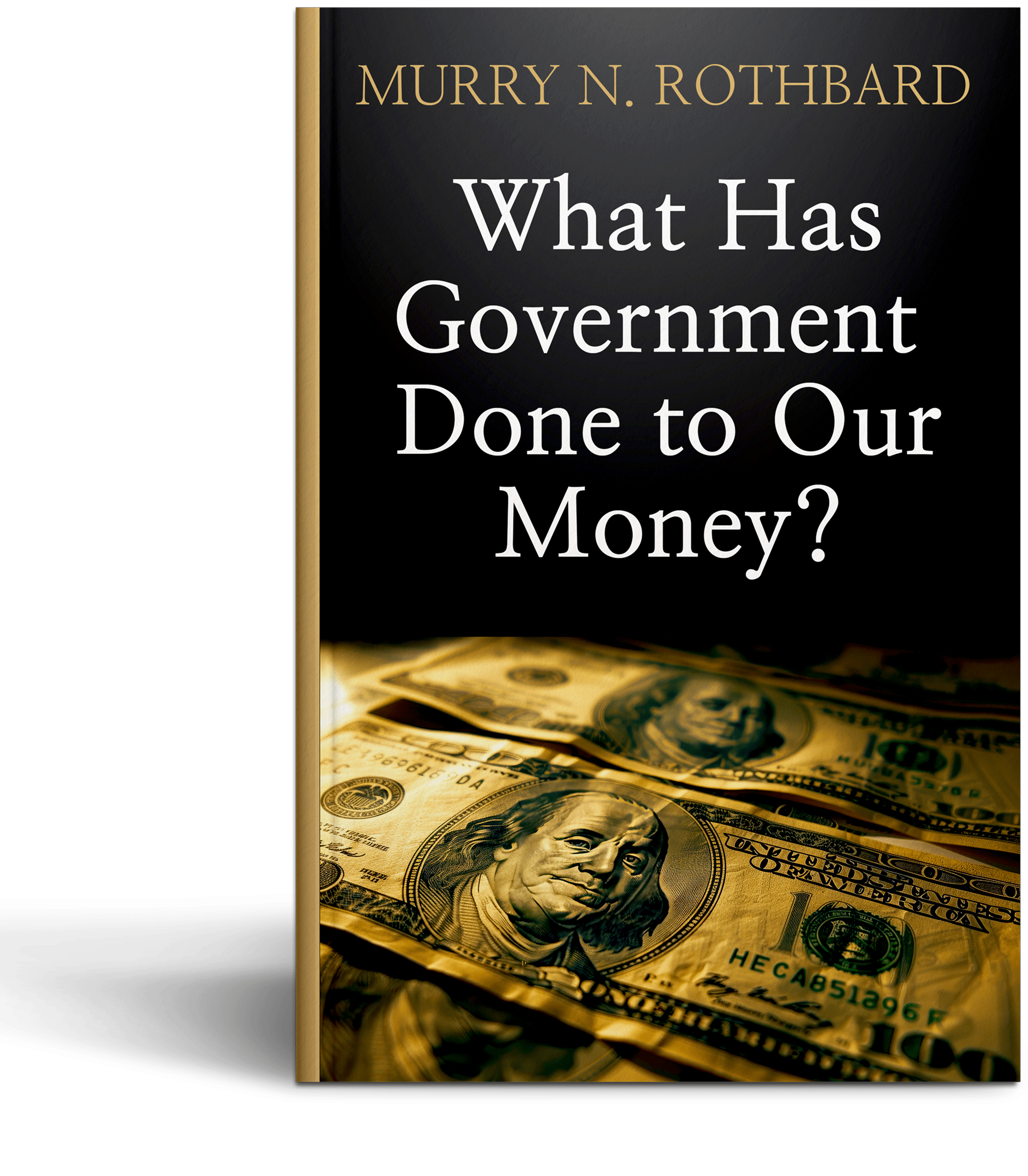On August 8, 2025, the Trump administration shocked global markets with a 39% tariff on imported gold bars weighing 100 ounces or more. The announcement sent U.S. December gold futures to an all-time high of $3,534.10 per ounce, rattling dealers, refiners, and institutional traders.
According to Peter C. Earle of the American Institute for Economic Research (AIER), while the move could raise substantial revenue and disrupt Switzerland’s dominance in gold refining, it may also be positioning the U.S. for a major monetary policy change. By making large foreign gold imports prohibitively expensive, the U.S. could be tightening domestic supply ahead of a potential revaluation of its gold reserves — currently valued at just $42 per ounce — and even preparing for a gold-backed or partially gold-backed dollar.
Such a shift would mark the first meaningful tie between the dollar and gold since the 1971 end of Bretton Woods. The strategy would help keep gold inside U.S. borders, prevent foreign arbitrage, and strengthen the dollar’s credibility on the world stage.
Key takeaway:
History shows that when Washington targets gold, it often precedes larger monetary changes. This tariff may be less about trade and more about setting the stage for a structural redefinition of the dollar itself.
Read the full article here.


